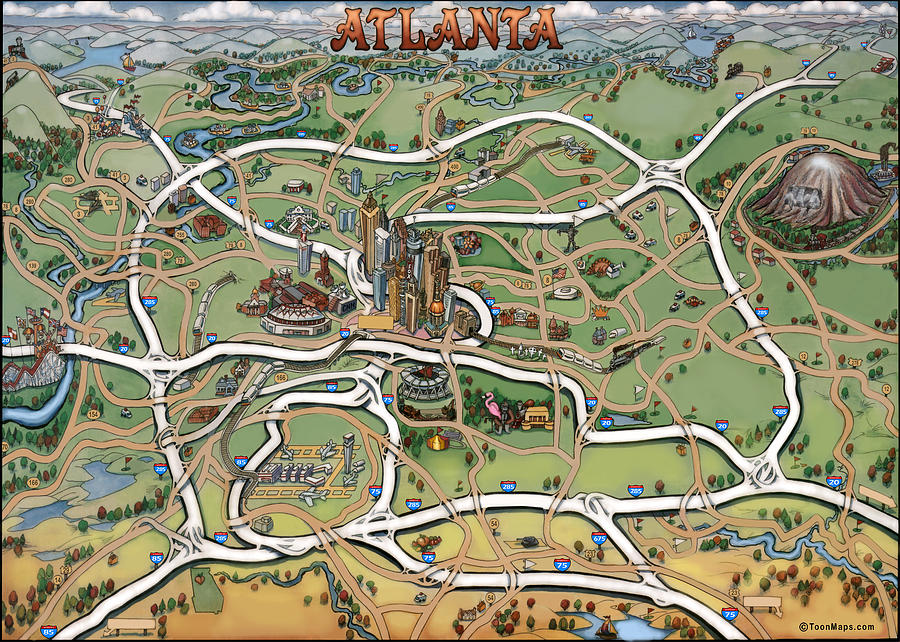Poseidon Energy
In the decades before the war, Poseidon was involved in every form of power production, distribution, and supply in existence. They mined and refined oil wherever it could be found and were among the last corporations to continue pumping gasoline for automobiles.
Unlike other 20th-century energy moguls, they also diversified, profiting hugely from solar, fusion, and other alternative power sources.
But that was not the limit of Poseidon’s reach into a global business. Leveraging their massive profits from energy, they diversified into military contracting and built robots, small arms, heavy weapons, combat armor, and even artificial intelligence into the late 2070s.
Poseidon was infamous for its aggressive strategies in maintaining its market share and profit margins. It operated with a bewildering array of sub-corporations, daughter organizations, and cat’s paws. These ranged from overt branding efforts like Poseidon Oil and Poseidon Gasoline, to back-channel deals made with lobbyists who paid millions to make the company billions.
They also made a practice of acquiring ground-breaking energy technologies through a hostile takeover. Usually, such a move would take place only after the expensive R&D work was finished, with Poseidon rushing the newly acquired product to market.
To shield themselves from the legal ramifications of their choices, Poseidon kept their corporate structure loose: they were not a single entity, but rather a conglomerate of multiple corporations run by the same leadership and toward the same end. If one corporation
lost a lawsuit, it closed, but the organization would simply sprout two more shell companies in its place.
Their labor practices were similarly aggressive, as well as violently hostile toward any attempts to unionize. A walkout at their WV-06 plant was met not just with aggressive force, but with hallucinogenic riot control gas deployed to dispirit and humiliate the striking
workers. This plan backfired dramatically, with the gassed protesters becoming a raging horde that successfully seized possession and control of the facility from Poseidon.




Comments